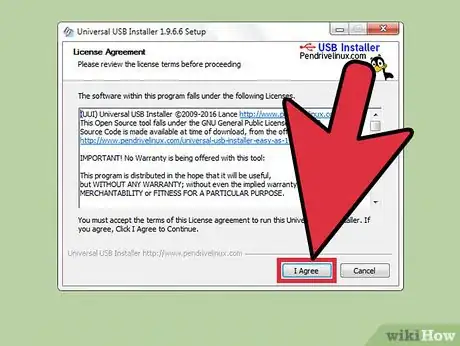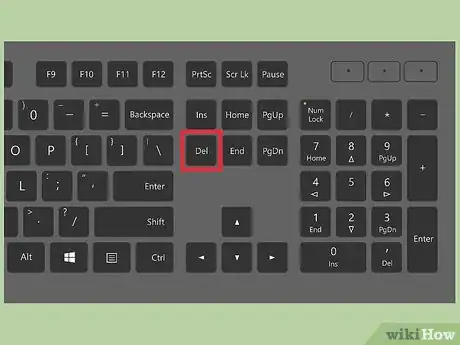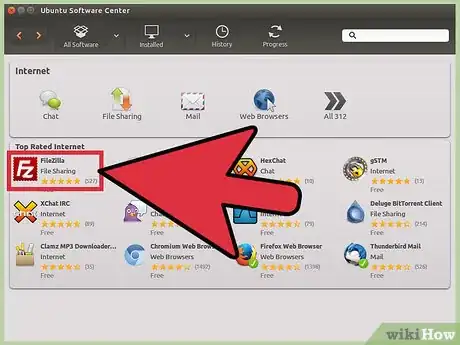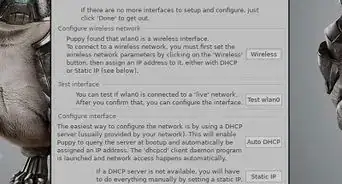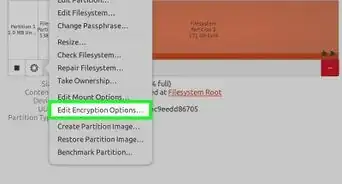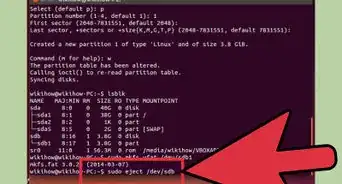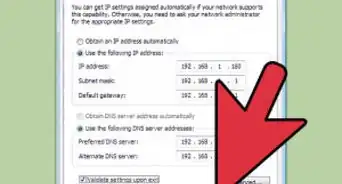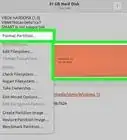wikiHow is a “wiki,” similar to Wikipedia, which means that many of our articles are co-written by multiple authors. To create this article, volunteer authors worked to edit and improve it over time.
This article has been viewed 153,359 times.
Learn more...
Ever wish there was more you could do with a USB stick other than saving or copying files? Like get it to make you breakfast, take the dog for a walk, or do all your school assignments? Well….you can’t!! But instead, you can install a portable operating system that you can run on just about any computer anywhere you go. This operating system known as Linux, will also allow you to run portable versions of your favourite software and applications.
This instructional will include the required steps to successfully install Linux Ubuntu v11.10, along with screenshots. After installing the OS, I will be explaining where to locate portable versions of preferred programs, and how to install them.
Having this tool in the palm of your hand I believe is very beneficial. It can be used especially when your host operating system on your desktop has crashed, or when you’re away from your home computer. Linux on USB gives users the option of taking their preferred applications with them, without the headache of installing everywhere they go.
Steps
-
1Download the desired software. Using your computer go to the following link and download the latest recommended version of Ubuntu at http://www.ubuntu.com/download/ubuntu/download. Select start download in the large orange box on your screen. Make sure to save the file somewhere you’ll remember for easy access later. The download time will vary depending on the speed of your specific internet connection.
-
2Download the pendrive installer. After the Ubuntu operating system has been downloaded follow the link provided to obtain the USB installer for Ubuntu. http://www.pendrivelinux.com/downloads/Universal-USB-Installer/. Locate and click the download button. Save this file in the same place as the first file.Advertisement
-
3Now plug in your flash drive and make a backup of the files on the device in case of accidental deletion. Once you’ve completed the desired backup locate the USB Ubuntu installer file downloaded earlier and double click to run it.
-
4Review the license agreement and select "I Agree".
-
5First select Ubuntu 11.10 from the distribution version drop down menu. Second click "Browse" and select the Ubuntu ISO file previously downloaded. Third select your USB flash drive letter. After completing the previous steps select "Create".
-
6When the installer completes, select close and reboot your computer.
-
7Enter the BIOS. When the machine reboots, hit the delete key to enter the BIOS. (Delete, F2) are two of the most common keys to enter the BIOS. Choose the correct key according to your specific machine. In the bios menu locate the boot order settings. Change the machines boot order to boot off the USB or removable device first. Save and exit the BIOS. (Caution altering additional settings in the BIOS can cause hardware issues)
-
8The computer will restart and take you to a new screen with options for running and installing Ubuntu. Since we have already installed Ubuntu to the flash drive simply select run Ubuntu from this USB.
- If you made it to this screen you have successfully installed Ubuntu version 11.10. Congratulations! Now let's get installing some applications. Locate and select the Ubuntu Software Center Icon in the left hand side toolbar on your screen.
-
9After installing, be sure to click the "Install Ubuntu" icon if you would like to permanently install Linux onto your computer
-
10Select the desired type of application or game to install. To search for specific software name use the search box located in the upper right hand corner of the Software Center window. Browsing by application type can also be done in the menu located on the left.
-
11Once a decision has been made on what to install, simply double click on it and select install. Enjoy your free version of Ubuntu v11.10 and all your favorite applications.
Community Q&A
-
QuestionHow big of a flash drive do I need?
 Community AnswerOne that is 4-16 GB should be sufficient.
Community AnswerOne that is 4-16 GB should be sufficient. -
QuestionCan I have it as a temporary thing?
 Community AnswerYes.
Community AnswerYes. -
QuestionThis will ONLY install on the flash drive, right?
 Community AnswerThis creates a 'Live Version' where you can try whatever Linux distro you have downloaded, it is not a full install. If you want to do a full install then you will need two flash drives. One to put the Live Version on and the other for a full install. You'll click the icon in Step 9, while running the live version, to install, be EXTREMELY CAREFUL not to select your current OS's (probably Windows) drive as the installation drive. You'll wipe that drive if you do that. This is the video that I followed to install a full version of Linux on a flash drive: youtube.com/watch?v=fLYBXOVn6ow.
Community AnswerThis creates a 'Live Version' where you can try whatever Linux distro you have downloaded, it is not a full install. If you want to do a full install then you will need two flash drives. One to put the Live Version on and the other for a full install. You'll click the icon in Step 9, while running the live version, to install, be EXTREMELY CAREFUL not to select your current OS's (probably Windows) drive as the installation drive. You'll wipe that drive if you do that. This is the video that I followed to install a full version of Linux on a flash drive: youtube.com/watch?v=fLYBXOVn6ow.
Warnings
- Caution altering additional settings in the BIOS can cause hardware issues.⧼thumbs_response⧽
Things You'll Need
- A computer having an operating system already installed with USB support (Preferably Windows, based on this tutorial).
- An active internet connection to obtain project files(All files are free open source software).
-
A flash drive (USB stick) with a minimum capacity of 2 gigabytes
- Note: It requires a minimum of 2 gigabytes to properly install this version of the Linux operating system, Ubuntu Version 11.10. A flash drive with 4 gigs or more is recommended.



